Short Story of a Children’s Tuberculosis Sanatorium
At the beginning of the 1900s, both adults and children suffered and died of tuberculosis. Medical science showed that fresh air and sunshine were essential for healing and a committee prepared a prestigious building project in Kolding, East Jutland in Denmark.
Experts thought that to place children at adult hospitals was unacceptable. The money was collected by people who bought Christmas seals placed on letters. See my post on the subject. Like so many other prestigious projects, the costs far exceeded the expectations. Debates were raging for and against in the years ahead, and the building process was delayed. The ground was hilly and the road narrow leading to the spot.
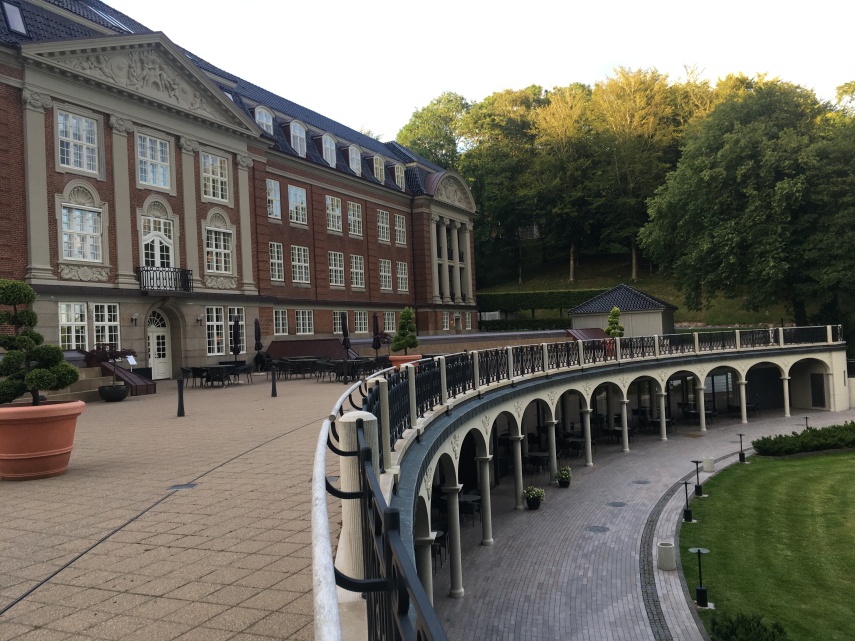
The main building and the arches where the beds stood for the young patients to get fresh air
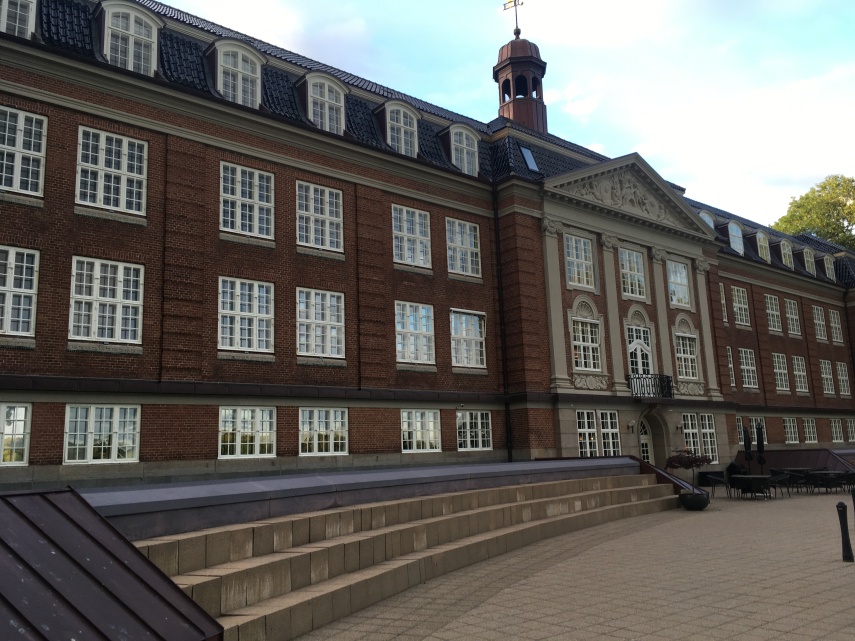
The main building in classicistic style
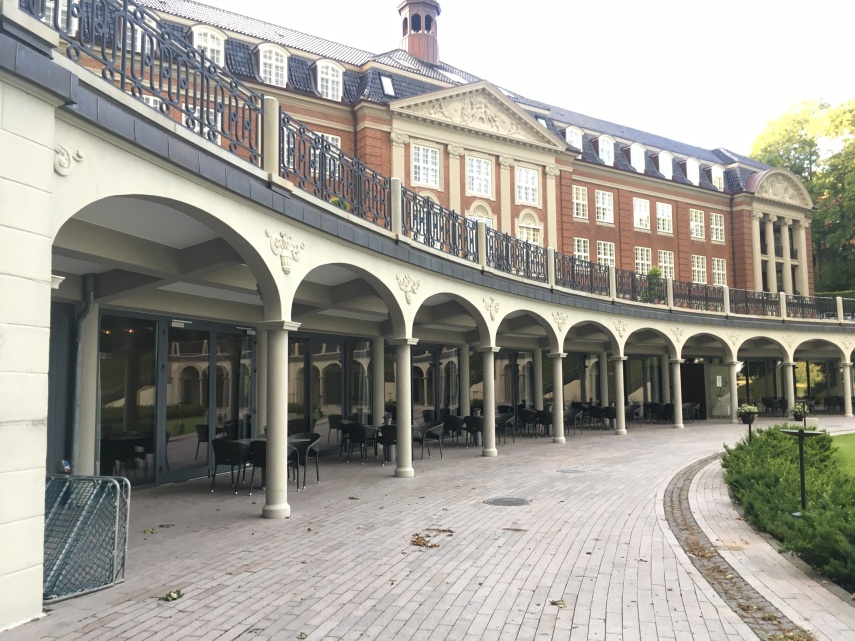
The arches where the beds stood for the young patients to get fresh air
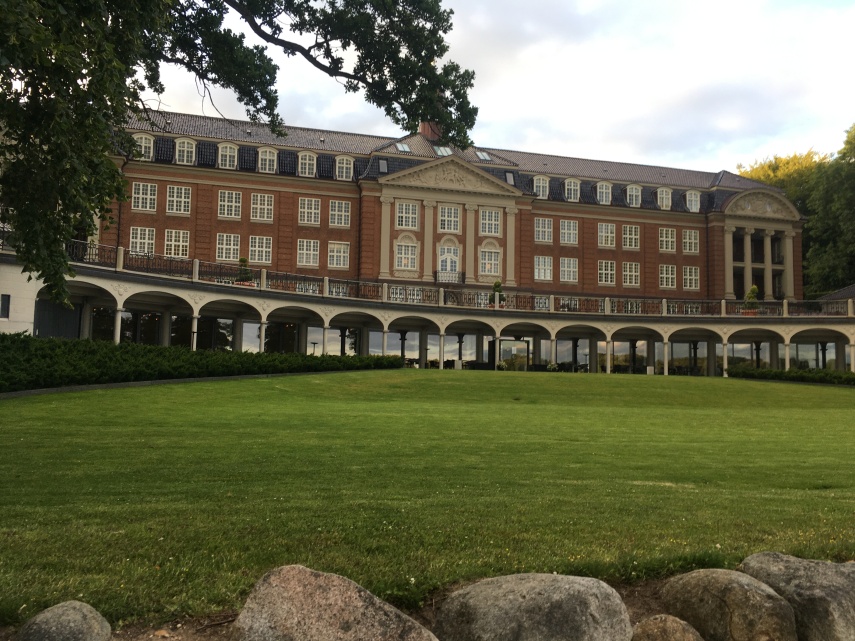
Kolding Fjord former Tuberculosis Sanatorium. Arches on the ground level where beds were placed
In the end, the sanatorium could be inaugurated for the purpose in 1911. It became a success, and during its function, 15.000 children were treated for tuberculosis. 85% of them got cured. Today, the interior of the building is under renovation, and since 1988 it’s run as a hotel.
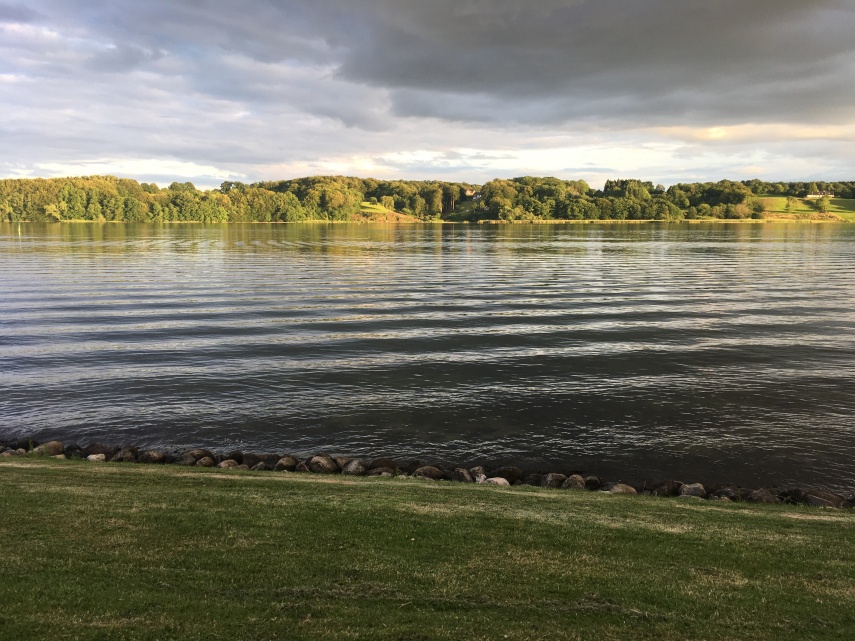
Kolding Fjord (fiord) at the end of the garden
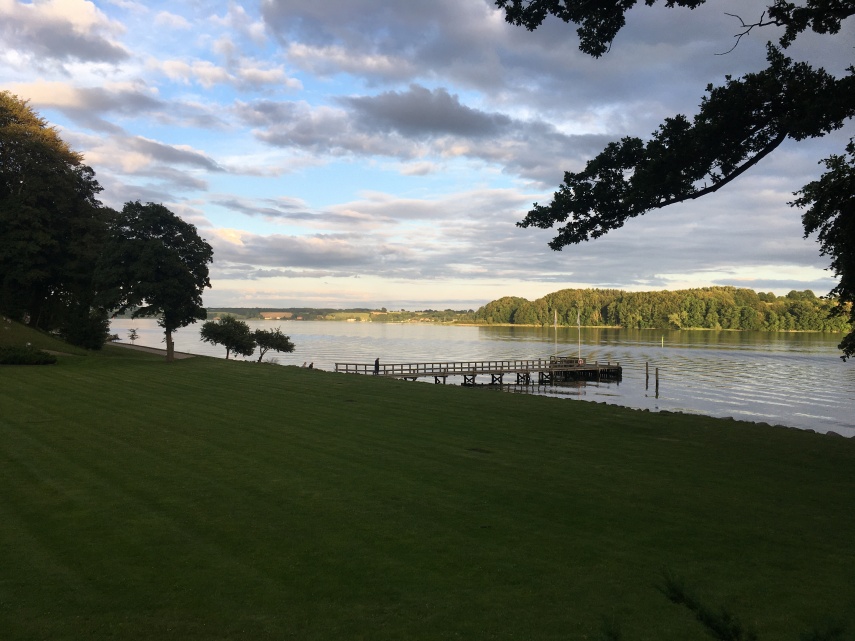
On a three days trip in the area last week, we visited the place and took the photos in the July evening. Quality is worth seeing, and I am glad the people on the committee decided to stick to their plan on creating a beautiful place for the sick children.
Categories: Architecture, Health, Historical issues
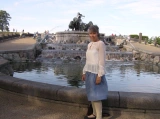

It is a remarkably beautiful structure in a perfect setting, Maria, no matter what purpose it serves.
LikeLiked by 1 person
I knew you would like it
LikeLiked by 1 person
You know me quite well!
LikeLiked by 1 person
Henry just says that you and I don’t like the Brutal Style of the FBI building
LikeLike
What a beautiful building and setting, and a smart idea to make the outside area covered so that even on cloudy days the children could be outside. On a sad note, I wonder if there is a cemetery nearby? I ask, because near where we live, there is a “forgotten” cemetery attached to a former TB sanitarium. The building is in ruin and the cemetery overgrown and closed for public access. Our organisers did not have the same foresight. Yours is quite the opposite with this beautiful building now being a hotel!
LikeLike
Thank you for your comment Gwendoline, no cemetery nearby. The road along the coast is narrow with a museum for modern art and expensive private houses with a view to the waterfront. The nurse’s organisation owns it, and they have a Museum of nursing history nearby in a former medical doctor’s home built in the same style. The town is Kolding, and maybe you have visited Koldinghus, a castle from about 1200
LikeLiked by 1 person
I don’t remember going to the castle, but I am very familiar with the name Kolding. Maybe I needed to connect there after coming through Flensburg or Billund, on my way to Odense. Or maybe it has something to do with WWII history.
I’ve been comparing the architecture of your beautiful hospital, to the ruin of our one – both built in the early 1900s. I guess ours was built cheaply with government money. And it could also be our climate does not demand as sturdy construction. Anyway, ours is a wreck now.
LikeLiked by 1 person
Quality always pays in the long run. Much of what is built nowadays look like sheds or plain boxes
LikeLiked by 1 person
Interesting that it’s a hotel now! Very pretty pictures.
LikeLiked by 1 person
Would really like to know more about the 85% cure rate. Tuberculosis, a character in comics on my site, “wrote” a blog and there were never very encouraging survival statistics to be found.
LikeLike
I have the statistic from a brochure on the sanatorium. The Nurses’ Organization owns it, and I think they wouldn’t fake it
LikeLike